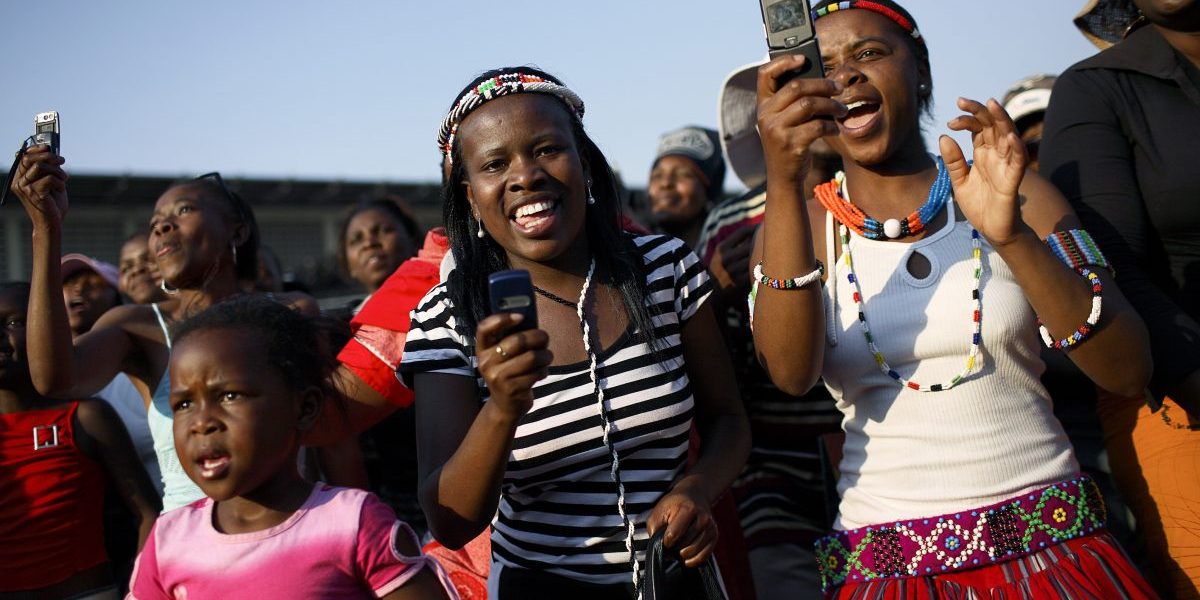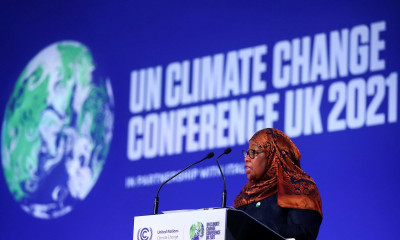Keeping up with young people and understanding what we experience as well as the solutions we propose is something that a lot of governments struggle with.
In South Africa, while young people are not a homogenous group that has a single issue that we feel uniformly about, we are a significant demographic of the population. According to Stats SA’s 2018 Mid-year Population Estimates, young people between the ages of 15 and 34 make up to 35.7% of the population. That’s well over a quarter of the nation! If there is a disconnect between young people and our decision-makers, there is bound to be plenty of missed opportunities for us to prepare for South Africa’s future.
Unfortunately, the reality is that a great deal of young people feel detached from political discourse, economic opportunities and other crucial activities for our personal development. With so many hurdles that limit our participation such as lack of access to key institutions and information and inadequate resources, it is easy to miss the voices of those with limited access.
Policy-makers, as well as business leaders, and civil society have to start thinking about innovative ways of minimising these challenges and bringing these voices to the fore. U-Report, an initiative by UNICEF is one such example. Through social messaging platforms like Facebook and WhatsApp, U-Report sends registered users, or U-Reporters polls about issues that affect them. The poll results are released in real-time on the U-Report SA website, and can be accessed by everyone.
Messaging-based participation is a brilliant way to bring citizens’ voices to the table when we can’t bring them to the table. In a democracy as young as South Africa’s, where public participation is often impeded by strained resources and so many other factors, we can’t afford to leave some people behind.
Times have changed and so has the way in which we engage issues that we care about. Using one’s phone in order to make a comment about a community issue, a national policy or rating the standard of service delivery might have been unheard of a few years ago, but today millions of people around the world are realising that it is a quick, time and cost-effective way to engage the public on issues they care about.
Most of us learn that democracy means “rule by the people”, and if the people do not have a voice, it becomes hard for them to believe in and buy into that democratic ideal. By allowing people to participate directly on specific issues, our leaders can be held accountable and make decisions that the South African people call for. Young people want to have a say and we want to be part of the solutions for a South Africa. Social messaging-based civic participation is a potentially powerful tool to make that a reality.







